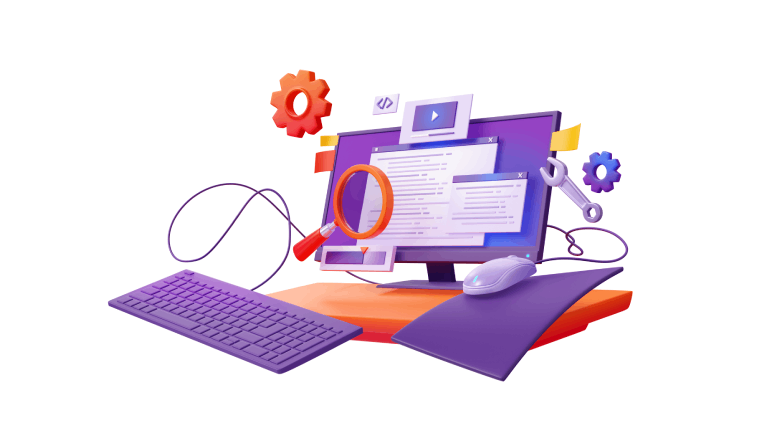Bydly Insights
Explore the latest news, trends, and insights across various topics.
Web Development: Where Design Meets Disruption
Explore the cutting-edge world of web development, where innovative design meets disruptive technology. Join the revolution today!
The Evolution of Web Development: Embracing Design and Disruption
The evolution of web development has been a fascinating journey marked by continuous advancements in technology and design. From the early days of static HTML pages to the dynamic, interactive web applications we see today, developers have consistently adapted to meet user expectations and enhance functionality. As the internet became more accessible, design principles evolved, focusing not only on aesthetics but also on user experience. Modern frameworks and tools have democratized the development process, allowing even those with minimal coding expertise to create visually appealing and responsive websites.
With the rise of disruptive technologies like artificial intelligence, machine learning, and progressive web apps, the landscape of web development continues to shift rapidly. These innovations have enabled developers to incorporate sophisticated features that were previously unimaginable. Furthermore, the integration of mobile-first design has become imperative, as an increasing number of users access the web through smartphones and tablets. This ongoing transformation not only challenges web developers to enhance their technical skills but also compels them to embrace a more holistic approach, blending design with functionality to create seamless, engaging digital experiences.

Top 5 Design Trends Shaping the Future of Web Development
As we look towards the future of web development, several design trends are emerging that promise to reshape the digital landscape. One prominent trend is the rise of minimalism, where simplicity takes center stage. Clean lines, ample white space, and bold typography not only enhance user experience but also improve load times, making websites more efficient. Another significant trend is the incorporation of dark mode, which not only offers a visually appealing alternative but also reduces eye strain for users. Coupled with vibrant color palettes, dark mode is becoming a preferred choice among designers aiming to create captivating interfaces.
Moreover, the integration of motion design is gaining traction. Subtle animations and transitions can draw users' attention and guide them through a website, enhancing engagement. Similarly, the use of responsive design continues to evolve, ensuring that websites are not only visually appealing on desktop but also optimized for mobile devices. Finally, the importance of accessibility is at an all-time high, with developers focusing more on creating inclusive experiences for all users. Together, these trends are set to create a more dynamic and user-friendly web experience.
How to Balance Aesthetic Appeal and Functionality in Web Design
When it comes to web design, achieving a harmonious balance between aesthetic appeal and functionality is crucial for creating an engaging user experience. A visually appealing website attracts users, but if it lacks functionality, visitors may quickly become frustrated. To create this balance, designers should prioritize a clean layout, intuitive navigation, and responsive design. Utilizing elements like negative space enhances readability, while strategically incorporating color schemes and typography can evoke the right emotions, drawing users into the site.
Moreover, it's essential to conduct regular user testing to ensure that the site’s functionality aligns with its visual elements. Feedback can reveal whether the design aids usability or detracts from it. To maintain this balance, consider these key strategies:
- Establish a clear hierarchy in your design that guides users through the content.
- Optimize loading times to keep users engaged while appreciating the visual elements.
- Incorporate interactive features that enhance user experience without overwhelming the aesthetic.